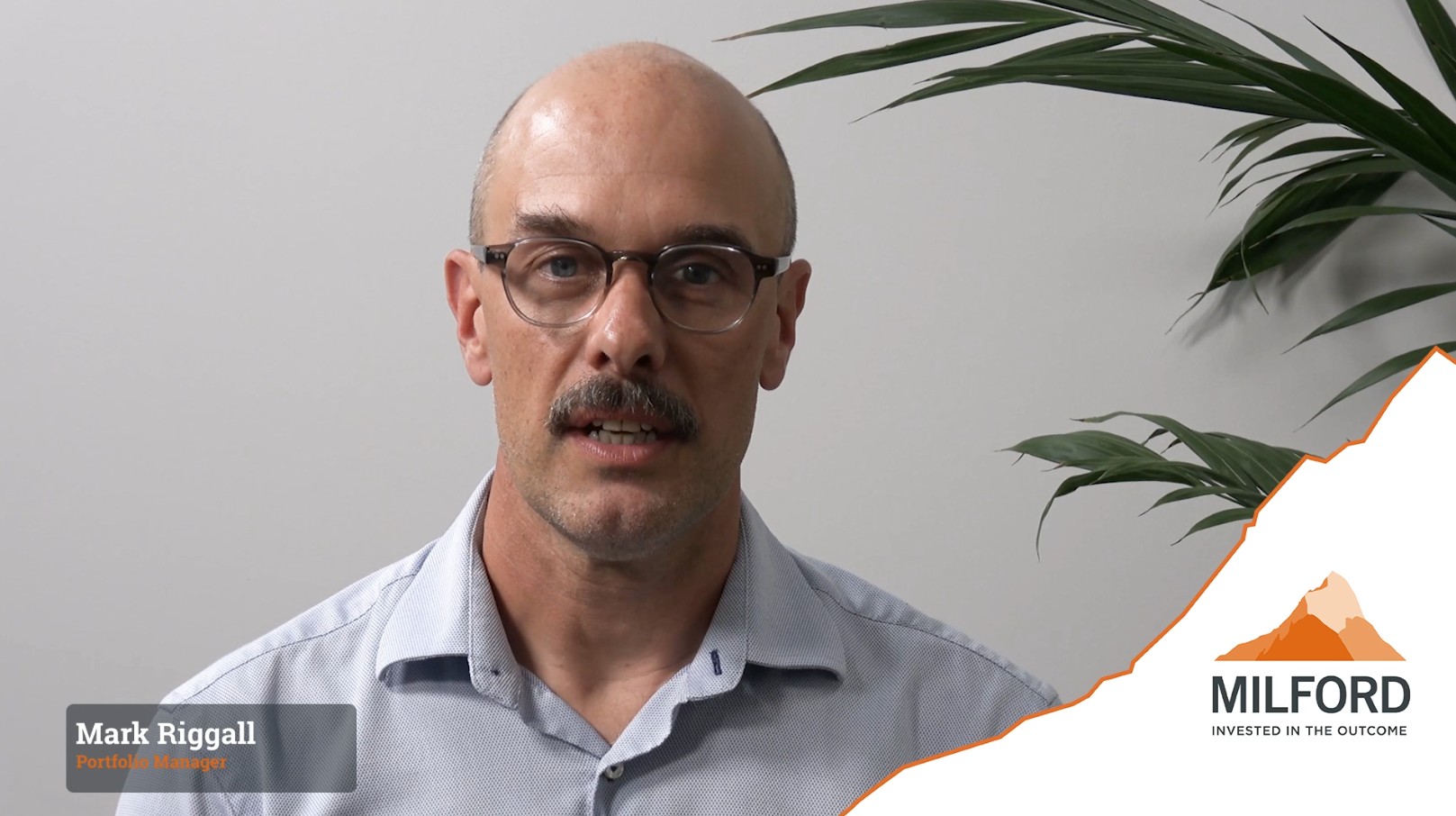Milford’s Sustainable Investment team has two responsibilities. First, to help the broader Investment team assess risks and identify opportunities from sustainability as we work to deliver superior risk adjusted returns across all our funds. Second, using our influence as active investors to drive companies to become more sustainable.
Much of our time is spent assessing how the companies we invest in can do better and become sustainability leaders; as well as understanding the impact on their share prices if they do not. However, we are also lucky enough to be able to spend time researching investment opportunities in new technology that can help the transition to a more sustainable future.
Global warming, the greatest existential crisis facing humankind, is an obvious focus. The key to limiting warming is reducing greenhouse gas emissions, approximately 75% of which are produced from burning fossil fuels for energy.
The shift from fossil fuels to renewable energy sources will cost trillions and take decades. Even then, the issue of how to store the energy generated from wind and solar, so energy is available when needed, remains unsolved. Hard to abate industries will also remain where emissions are near impossible to eliminate, such as those that use intense heat. The irony of the carbon emitted in the production of the steel for a wind turbine for example is not lost on the team.
These issues illustrate the need for innovative technology to reduce emissions, such as carbon capture and storage (CCS).
CCS is a process that captures carbon dioxide (CO2) either in the process through which it is created or even directly from the air. The CO2 is then transported and permanently stored (usually underground) so it cannot enter the atmosphere.
CCS is not without its drawbacks. The capture process is tricky, access to storage is not yet available at scale and it is expensive. However, the advantages are considerable: it is already an established technology used in enhanced oil recovery; storage opportunities are plentiful and less risky than some other climate solutions; and it can utilise existing infrastructure and enable the decarbonisation of existing industries.
As such, it is shaping up to be a crucial technology in the quest to limit global warming. The International Energy Agency (IEA) estimate CCS needs to deliver 15% of the emissions reduction required to limit warming to well below 2 degrees by 2050. This will require CCS capacity to increase by over 100 times from where it is today.
IEA estimates of CO2 capture requirements to achieve net zero by 2050

Source: International Energy Agency: https://www.iea.org/reports/ccus-in-power
In general, the more concentrated the CO2 in the source material, and the larger scale the facility, the easier and cheaper it is to capture the carbon. The obvious use for CCS is to capture the CO2 created when fossil fuels are burned to generate electricity. This has high CO2 concentration and is usually close to storage opportunities. CCS will be particularly useful for natural gas; a lower carbon fossil fuel that will likely be relied upon while renewable energy sources are developed. Some of the hard to abate sectors where CCS could play a vital role include iron, steel and cement. These again have a higher concentration of CO2 albeit will likely require transportation to storage locations.
CCS is an exciting investment opportunity for our funds. While higher risk, we see large scale demand for this decarbonisation solution. Santos, an Australian energy producer in a number of our funds, is gaining a first mover advantage in Australasia. We also believe it is an essential investment for fossil fuel producers to reduce their emissions. We will urge these companies to develop CCS to reduce their carbon emissions, alongside investing in other renewable energy sources, in line with achieving net zero by 2050, a target that needs to be met by all.



